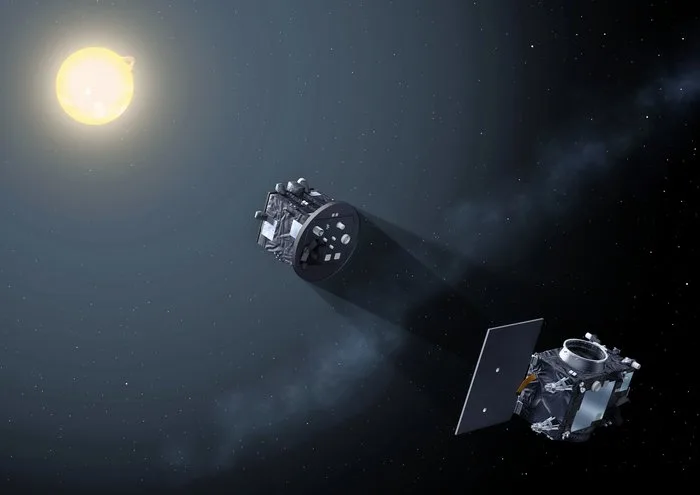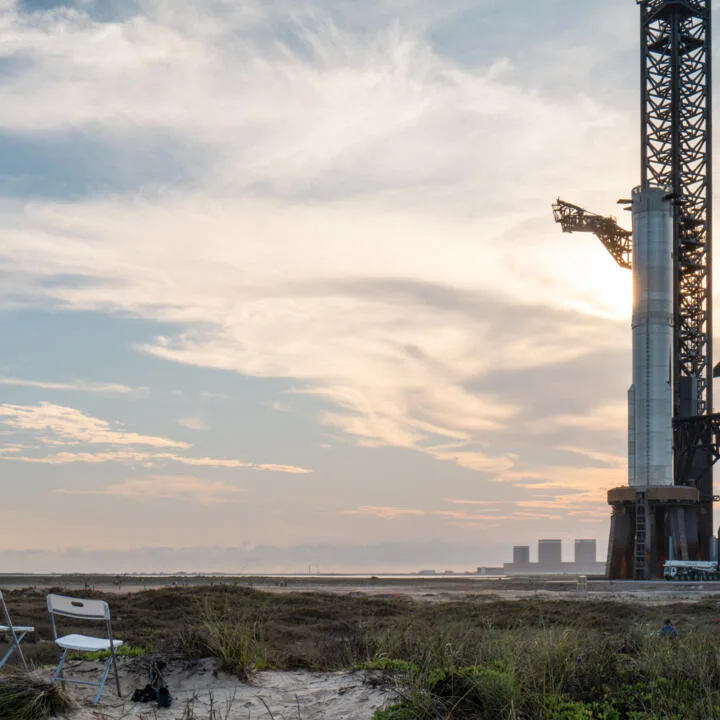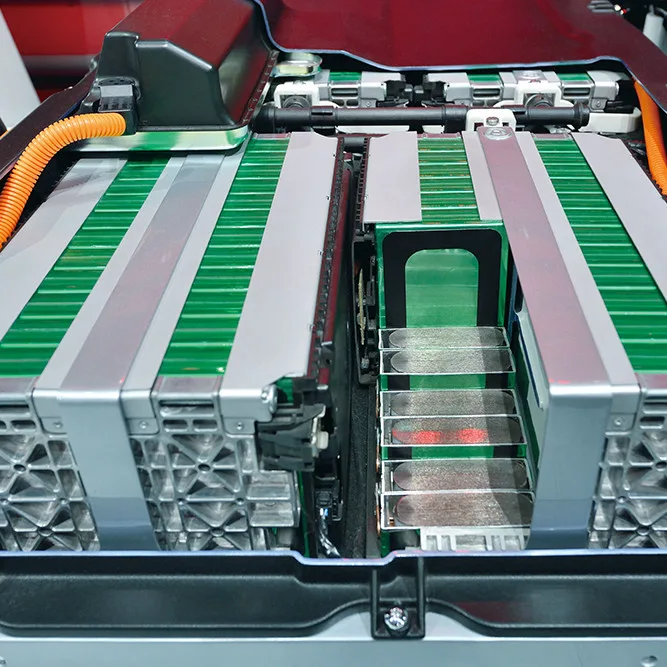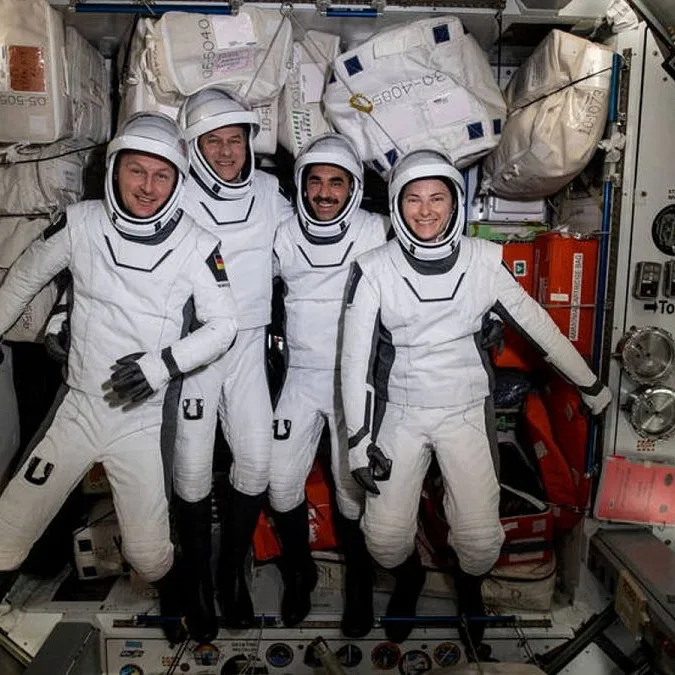Recent advancements in space technology have led to the launch of several satellites aimed at creating an artificial solar eclipse. Among these, the European Space Agency’s Proba-3 mission has garnered significant attention as it seeks to simulate an eclipse to better understand the solar atmosphere. Scheduled for the upcoming summer, this extraordinary endeavor involves two satellites working in tandem to block sunlight and observe the sun’s corona in high detail. Proba-3, which stands for ‘Project for Onboard Autonomy,’ will conduct its operations in a formation flying technique to create a shadow on Earth, similar to that of a natural eclipse. This mission is not only pivotal for scientific research but also presents an opportunity to test technological capabilities that may have broader applications, including climate change studies and solar energy advancements. With a total expense of around €158 million (approximately $170 million), the Proba-3 project exemplifies the European Space Agency’s commitment to pushing the boundaries of space exploration. Experts believe that the ability to simulate such astronomical phenomena could revolutionize the field of astrophysics. As noted by ESA project manager, Dr. Gianfranco F. Boller, ‘This artificial eclipse will provide unique data that can enhance our understanding of solar dynamics.’ The satellite duo, named Alpha and Bravo, will fly in formation around 150 kilometers apart, keeping a precise distance to ensure the optimal coverage of the sun’s surface. The innovation behind this technology could also pave the way for future projects aimed at harnessing solar power more effectively. Additionally, other countries are exploring similar initiatives, further establishing a global interest in satellite technology that not only aids scientific research but also contributes to environmental sustainability.
Satellites Attempt to Create Artificial Solar Eclipse: A Technological Marvel












